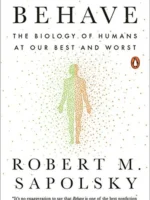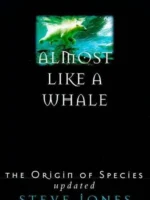The Ancestor’s Tale Review
The Ancestor’s Tale by Richard Dawkins is an evolutionary pilgrimage told backward: from humans to the dawn of life. At each “rendezvous” we meet a common ancestor with another lineage, using that moment to teach genetics, selection, speciation, and deep time. Storytelling meets clear mechanism.
Overview
Stops include primates, mammals, vertebrates, arthropods, plants, fungi, and microbial life. Side tales unpack coalescent ideas, molecular clocks, sexual selection, cooperation, and convergent evolution.
Summary
By walking time in reverse, Dawkins reframes kinship and scale. Gene-centered logic explains adaptation while neutral drift and contingency are kept in view. Fossils, phylogenies, and molecular evidence triangulate the tree of life, with caution about uncertainty and revision.
Authors
Richard Dawkins writes with expository flair and careful analogies. Later editions add updates from genomics and phylogenetics.
Key Themes
Common descent as organizing principle; selection and drift; contingency vs convergence; evidence from fossils and DNA.
Strengths and Weaknesses
Strengths: memorable structure, broad synthesis, and lucid explanations. Weaknesses: dense taxonomy for casual readers and occasional polemical asides.
Target Audience
Students, science-interested readers, and educators seeking an engaging tour of evolution with primary mechanisms intact.
Favorite Ideas
Backward time travel to emphasize shared ancestry; rendezvous as teaching nodes; convergence showing constraints and opportunity.
Takeaways
All life is related. Understanding common descent clarifies both diversity and unity, turning taxonomy into a history you can walk.




